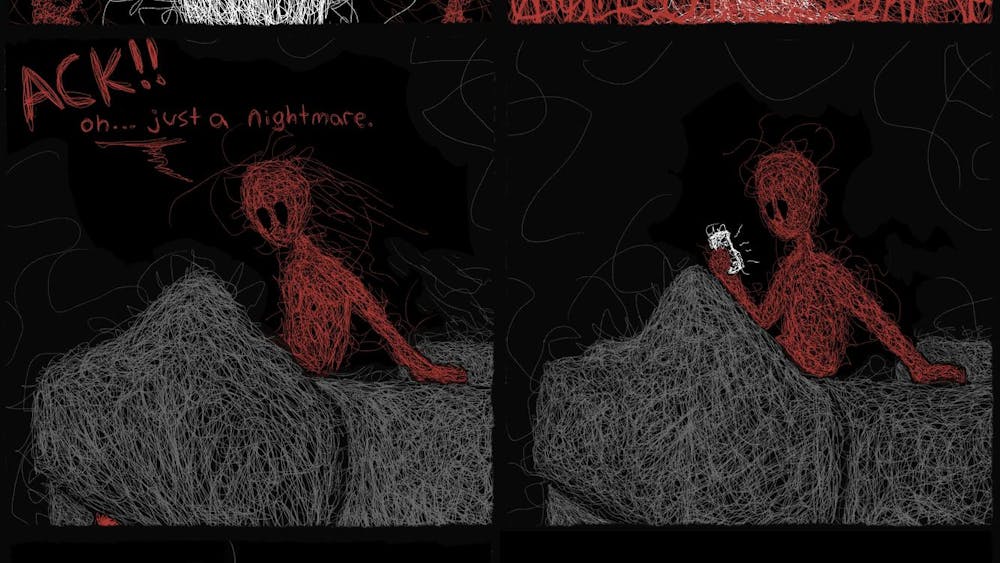Ann Arbor is known as a more progressive town, but nestled among boutique shops, clubs and restaurants on East Liberty downtown, there’s a slice of cinema history: The Michigan Theater.
The Michigan Theater opened in the late 1920s as a Vaudeville and silent film theater. Detroit architect Maurice Finkle was commissioned to design the structure and the aged beauty of the time period still shines through today.
“This is one of the dying breeds of old fashioned theaters,” staff member of the theater Eric Fine said. “They don’t make theaters like this anymore. There are hundreds like this vacant and rotting. It’s nice to have one that is maintained.”
The theater is more than just maintained. It is still a functioning movie theater, providing a place for locals to see art house films that otherwise might not see the light of day in Michigan.
“This movie doesn’t show any place else,” moviegoer Michelle Folkmen said. “[We come because of] the fact that they show art house movies.”
A combination of the classic architecture and the draw of films not offered at bigger theaters helps to fill the seats of the Michigan’s two screens.
“I wanted to see ‘Tree of Life,’” Chris Harris said. “It’s a beautiful theater and it shows good movies.”
If you want to see a movie playing in the main theater, you also get to experience part of the silent movie era. The organ that used to accompany the silent films the theater was built for is played before the start of the movie.
“The organ is the best thing about this building,” Folkman said.
Elements like the organ just add to the experience of seeing a film at the Michigan.
“It’s tradition,” Michigan Theater employee Nick Passiak, 24, said. “It’s unique.”
For some Ann Arbor residents, coming to the Michigan Theater is as much of a tradition as the theater itself.
“It’s a very local thing to do in Ann Arbor,” Ellyn Christensen, 39, said. “Coming here instead of the Quality or the Rave is more Ann Arbor-ist.”
Special events like the Ann Arbor Film Festival and the showing of films, from silent movies like Charlie Chaplin’s “City Lights” to the classic Bond flick “Goldfinger,” bring more people to the theater.
“We show movies how they were meant to be shown,” Fine said. “We have film series that bring in a lot of people. They want to see these films on the big screen from actual film prints.”
The pull of unique movies brings in unique people, which helps make the theater a great place for more than just those paying the admission price.
“You get a lot of cool people coming in,” Passiak said. “A lot of films are geared toward interesting subject matter. The interesting people make [working here] fun.”
People don’t just make the job fun, they also keep the theater around. Support from the local community is what keeps a theater like this one in business.
“The Michigan is kept running thanks to community members,” Fine said. “The only way to keep afloat is through the community.”
For some, the theater is as important to the community as the community is to the theater.
“In a time when we’re so apt to tear down and rebuild, the character gets lost,” Christensen said. “We need to maintain these structures so we have some semblance of what life was once like.”









